Cinnamon Roll Recipe – Cinnamon rolls, those delicate, aromatic spirals of dough sprinkled with cinnamon and sugar, are a popular dessert enjoyed by people all over the world. In this article, we will explore the differences between cinnamon buns and cinnamon rolls, discuss whether they are a type of bread or pastry, reveal tips for keeping them moist while baking, savor the exquisite flavors, and provide you with a delectable cinnamon roll recipe. In addition, we’ll go through the instruments you’ll need to make these delectable treats. Join us on this tasty journey as we explore the world of cinnamon rolls!
Cinnamon Roll Recipe
The History of Cinnamon Roll
The cinnamon roll’s history is a fascinating trip through time and culinary innovation. These exquisite spirals of sweet, fragrant dough have made their mark on global cuisine. Let’s delve into the fascinating history of the cinnamon roll:
- Cinnamon in Ancient Times: The cinnamon roll’s story begins with the spice itself: cinnamon. Cinnamon has long been regarded for its rich, warm, slightly sweet flavor and fragrant perfume. It was grown in ancient civilizations such as Egypt and was utilized in a variety of culinary and religious purposes. The spice was highly prized, and its origins were shrouded in mystery, often driven by traders who kept their sources hidden in order to retain a monopoly on the spice trade.
- Medieval Europe: Cinnamon was introduced to medieval Europe, where it quickly became a prized and highly valued ingredient. Bakers and cooks began experimenting with ways to incorporate this exotic spice into their culinary creations, giving rise to the first versions of what we now call cinnamon rolls.
- The cinnamon bun has a unique position in Swedish history. The Swedish cinnamon roll, known as “kanelbulle,” is famous for its soft, coiled pastries. Kanelbulle has become an important element of Swedish culinary traditions, and it is commemorated each year on National Cinnamon Roll Day, which is observed on October 4th.
Cinnamon buns have expanded far beyond Sweden’s boundaries, under numerous names and regional modifications. They’ve become popular delicacies in many regions of the world, with each culture putting their own spin on the basic recipe.
From ancient spice trade routes to today’s cozy kitchens, the history of the cinnamon roll demonstrates the continuing allure of this sweet and aromatic delicacy. Cinnamon rolls continue to captivate our taste buds and inspire a sensation of warmth and nostalgia, whether savored as a morning pastry, a dessert, or a cozy snack.
Difference Between Cinnamon Bun and Cinnamon Roll
Although the names “cinnamon bun” and “cinnamon roll” are sometimes used interchangeably, there is a small difference in some locations. While the precise understanding may differ, generally:
- Cinnamon Roll: Cinnamon rolls are distinguished by their cylindrical shape. The dough is flattened out into a huge rectangle, then filled with cinnamon-sugar and rolled into a log form. Cinnamon rolls are often baked close together in a pan, and as they rise and bake, the sides that touch become mushy and gooey. This close arrangement produces a pull-apart quality, making individual rolls from the batch simple to break apart. The texture of cinnamon rolls is soft, supple, and slightly chewy. Because of the sugar filling, the inside layers are often mushy, which adds to the iconic cinnamon roll appeal.
- Cinnamon Bun: Cinnamon buns, on the other hand, are a softer and fluffier variation of cinnamon rolls. They can be cylindrical, like cinnamon rolls, but they can also be square or rectangular in shape. Cinnamon buns are less likely to touch and form mushy, pull-apart sides since they are not baked as closely together. Instead, they frequently appear homogeneous and separate in the baking dish. Cinnamon buns are softer and fluffier than cinnamon rolls, and they may be topped with a sticky and gooey bottom layer made by baking in a syrup or caramel sauce.
Is Cinnamon Roll a Bread or Pastry?
Cinnamon rolls are a cross between a bread and a pastry. They begin with a yeast-based dough, similar to bread, but they are sweetened with sugar, stuffed with cinnamon, and frequently baked with a sticky, syrupy glaze, putting them more in the pastry category. This mix of characteristics gives cinnamon rolls their distinct texture and flavor profile, resulting in a delectable blend of both.
How to Keep Cinnamon Rolls Moist When Baking
Consider the following strategies to guarantee your cinnamon rolls bake up moist and tender:
- Don’t Overbake: Avoid overbaking to avoid dryness. Bake the rolls until they are golden brown and the center is thoroughly cooked.
- Brush the tops of the rolls with melted butter before and after baking to help seal in moisture and add a rich taste.
- Cover While Cooling: As the freshly baked rolls cool, cover them with a clean kitchen towel or aluminum foil. This assists in trapping steam and keeping the rolls wet.
- Glazing: While the rolls are still warm, brush on a sweet glaze or icing. The glaze not only provides flavor, but it also keeps moisture in.
- Use fresh and high-quality ingredients, especially yeast, to ensure the dough rises properly and stays moist.
The Flavor of Cinnamon Roll
A cinnamon roll’s flavor is a lovely symphony of sweetness and warmth:
- Dough has a soft, slightly chewy texture and a pleasant, buttery flavor.
- Cinnamon: The star of the show, cinnamon imparts a warm and aromatic aspect that is both pleasant and tempting.
- Sugar: Sugar offers a lovely sweetness that complements the cinnamon spice.
- Butter: Not only does butter enrich the dough, but it also adds a delicate richness to the entire flavor.
- Glaze or Icing: The sweet glaze or icing on top adds an extra layer of sweetness and a silky texture, and is commonly flavored with vanilla or cream cheese.As a result, each bite is a sweet, aromatic pleasure that provides relaxation and satisfaction.
Cinnamon Roll Recipe
Now, let’s dive into a delicious cinnamon roll recipe that you can create in your own kitchen:
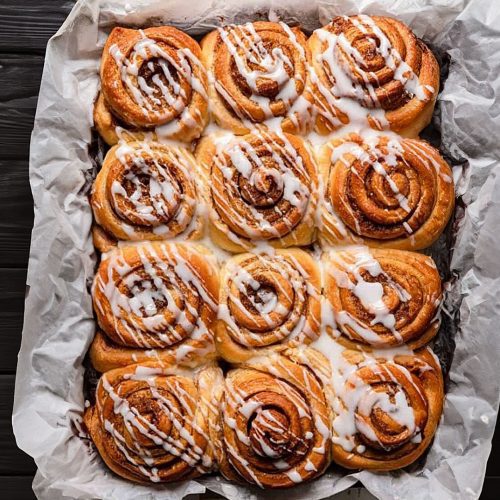
Cinnamon Roll Recipe
Equipment
- Mixing Bowls
- Baking Dish
- Rolling Pin
- Pastry Brush
Ingredients
For the Dough:
- 1 cup warm milk (110°F/43°C)
- 2 1/4 teaspoons active dry yeast
- 1/2 cup granulated sugar
- 1/3 cup unsalted butter, softened
- 2 large eggs
- 4 cups all-purpose flour
- 1 teaspoon salt
For the Filling:
- 1/2 cup unsalted butter, softened
- 1 cup brown sugar, packed
- 2 1/2 tablespoons ground cinnamon
For the Cream Cheese Icing:
- 4 oz cream cheese, softened
- 1/4 cup unsalted butter, softened
- 1 cup powdered sugar
- 1/2 teaspoon vanilla extract
Instructions
For the Dough:
- Warm milk and yeast should be combined in a mixing basin. Allow it to sit for about 5 minutes, or until foamy.
- To the yeast mixture, add sugar, softened butter, eggs, and salt. Combine thoroughly.
- Add the flour one cup at a time, kneading the dough until smooth and elastic.
- Place the dough in an oiled bowl, cover, and let aside for 1 hour, or until doubled in size.
For the Filling:
- To create the filling, combine melted butter, brown sugar, and cinnamon in a mixing dish.
Assembling and Baking:
- Make a large rectangle out of the dough.
- Evenly distribute the filling over the dough.
- Roll the dough up from the long side to form a log.
- Make equal-sized rolls out of the log.
- Place the rolls in a greased baking tray and set aside for 30 minutes to rise.
- Preheat the oven to 350 degrees Fahrenheit (175 degrees Celsius) and bake the rolls for 25-30 minutes, or until golden brown.
For the Cream Cheese Icing:
- In a mixing dish, combine softened cream cheese, butter, powdered sugar, and vanilla extract.
- Drizzle the warm cinnamon rolls with the frosting.
Conclusion
Finally, the journey through the world of cinnamon rolls is a scrumptious excursion rich in history, flavor, and delectable recipes. Cinnamon rolls have a long history that has been inspired by numerous nations and traditions. They have a tempting combination of sweet, aromatic cinnamon and soft, buttery dough, making them an appealing breakfast or dessert treat.
Cinnamon rolls are the epitome of bread and pastry harmony, with a soft, yeast-based dough enhanced by the warmth of cinnamon, sweetness of sugar, and richness of butter. The addition of a sweet frosting or glaze on top lifts these rolls to an indulgent level that is difficult to refuse.
To ensure ultimate success in your cinnamon roll baking activities, bear in mind the necessity of not overbaking, using fresh and high-quality ingredients, and adding butter and glaze to keep the rolls moist and tasty.
The offered cinnamon roll recipe allows you to make these wonderful sweets in the comfort of your own kitchen, complete with the necessary utensils and a step-by-step guide. Making cinnamon buns at home is a joyful and rewarding experience, whether you’re a seasoned baker or a newbie.
So embrace the warmth and comfort of cinnamon rolls, share the delight of freshly made sweetness with family and friends, and embark on a flavorful trip that begins in the past and continues in your kitchen. Enjoy the delicious and fragrant world of handmade cinnamon rolls!
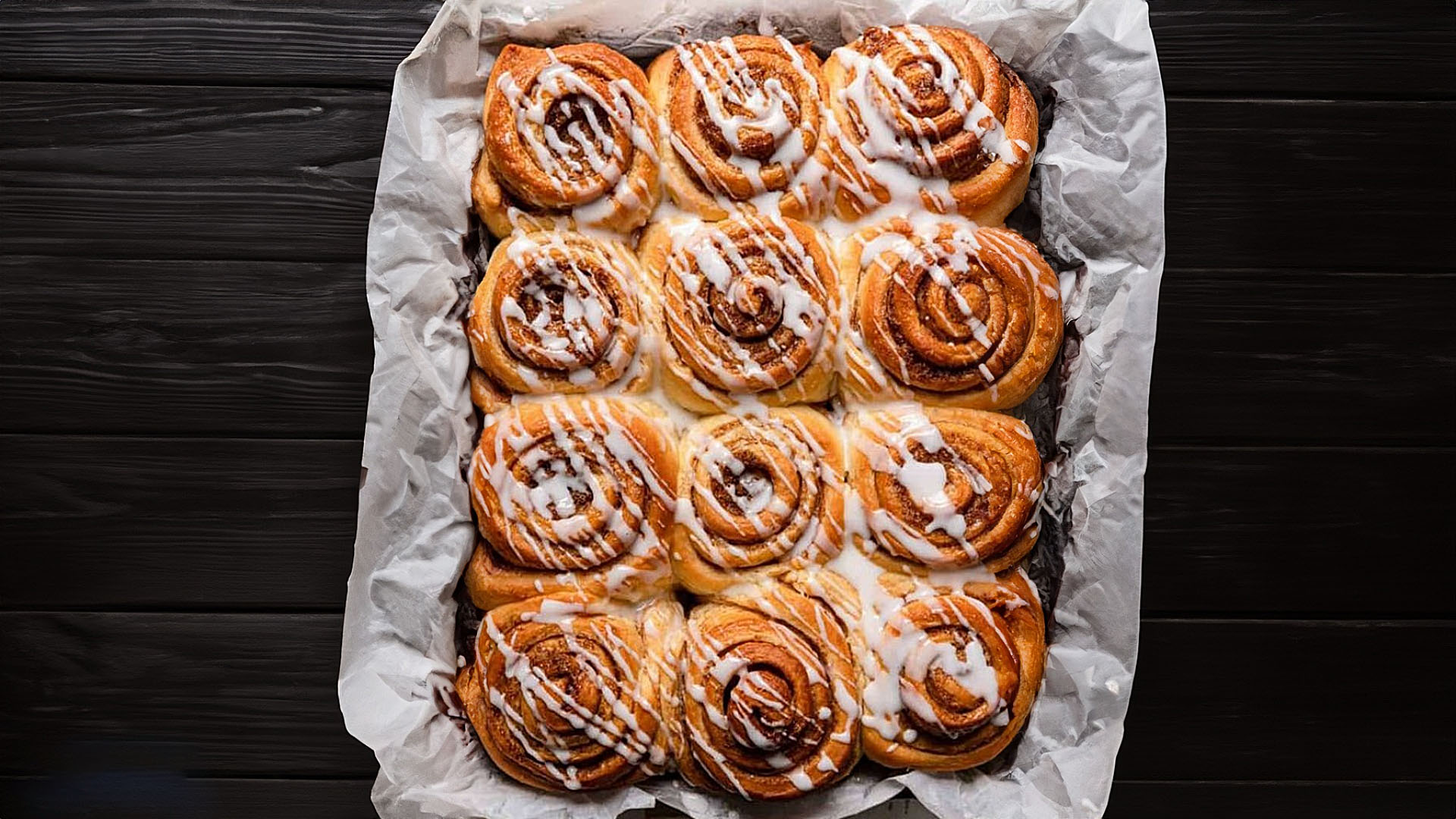

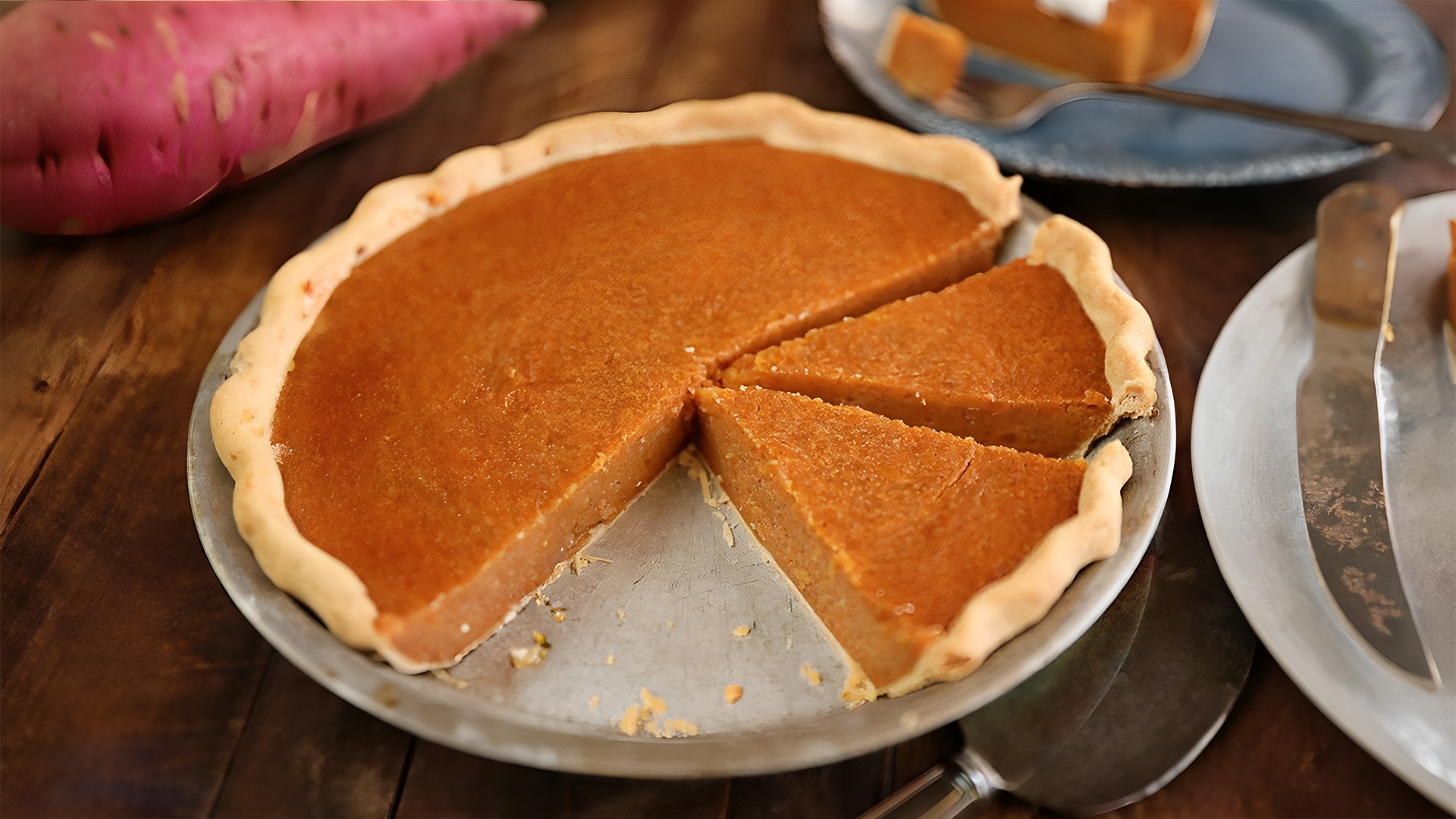
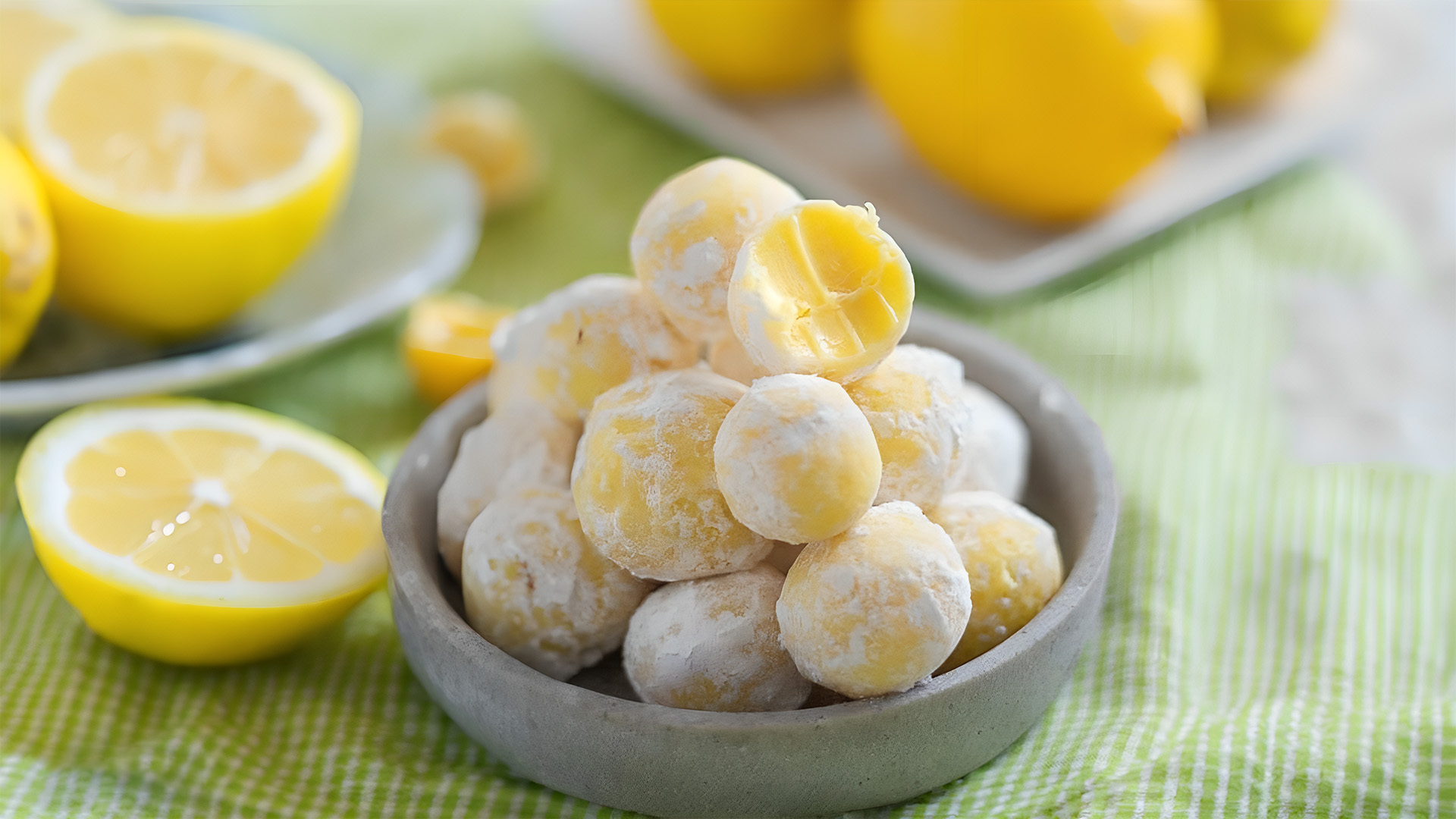
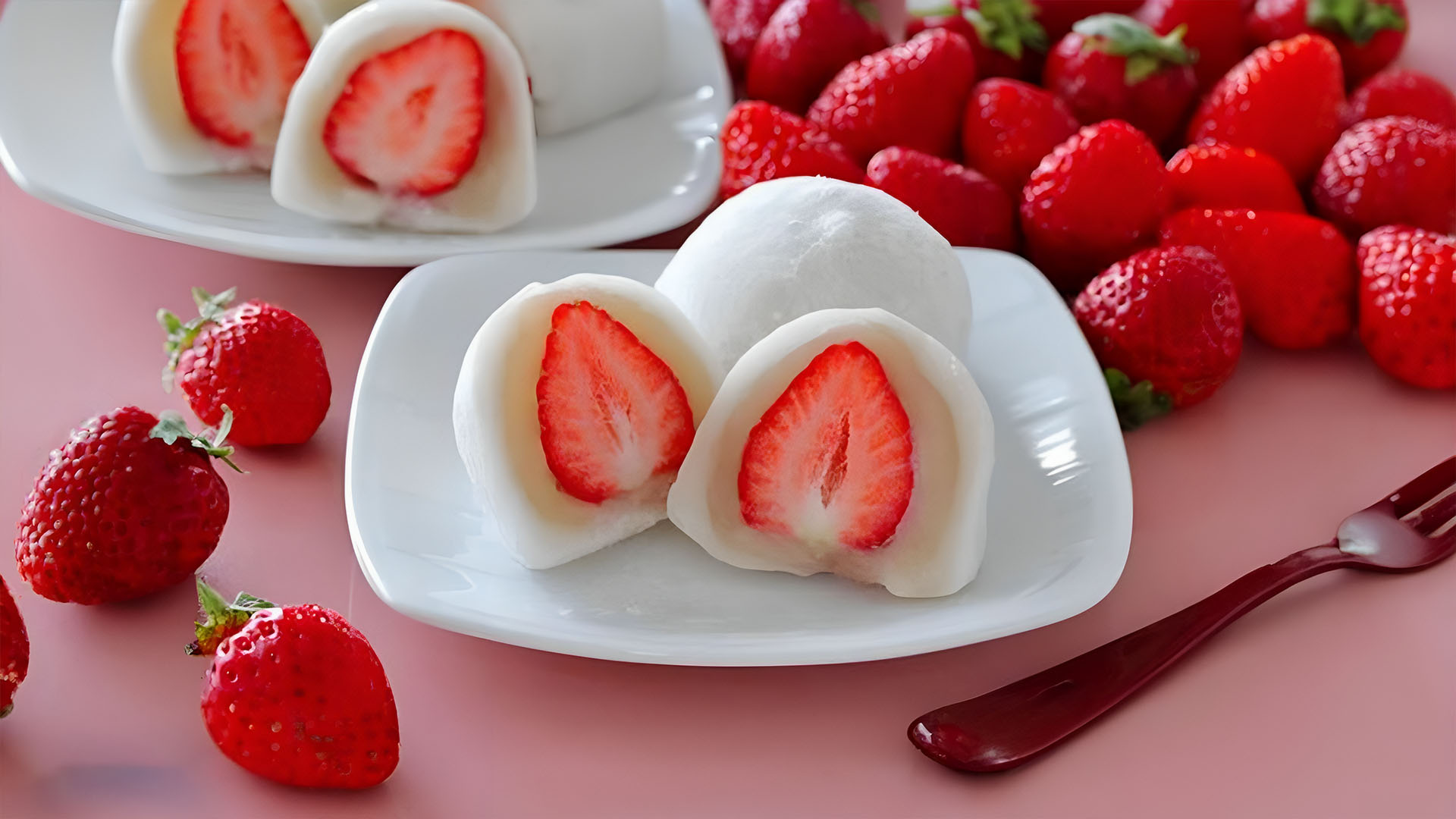
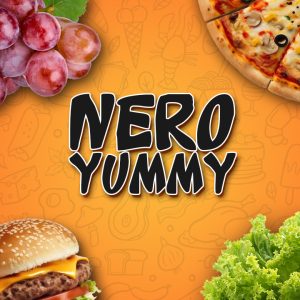

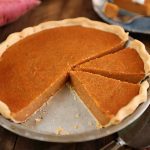
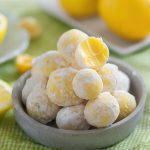
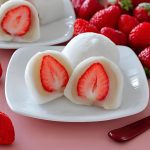
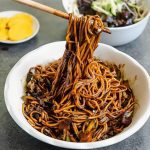
Leave a Reply